Home>Gardening & Outdoor>Outdoor Recreation & Activities>How To Lose Weight In A Swimming Pool
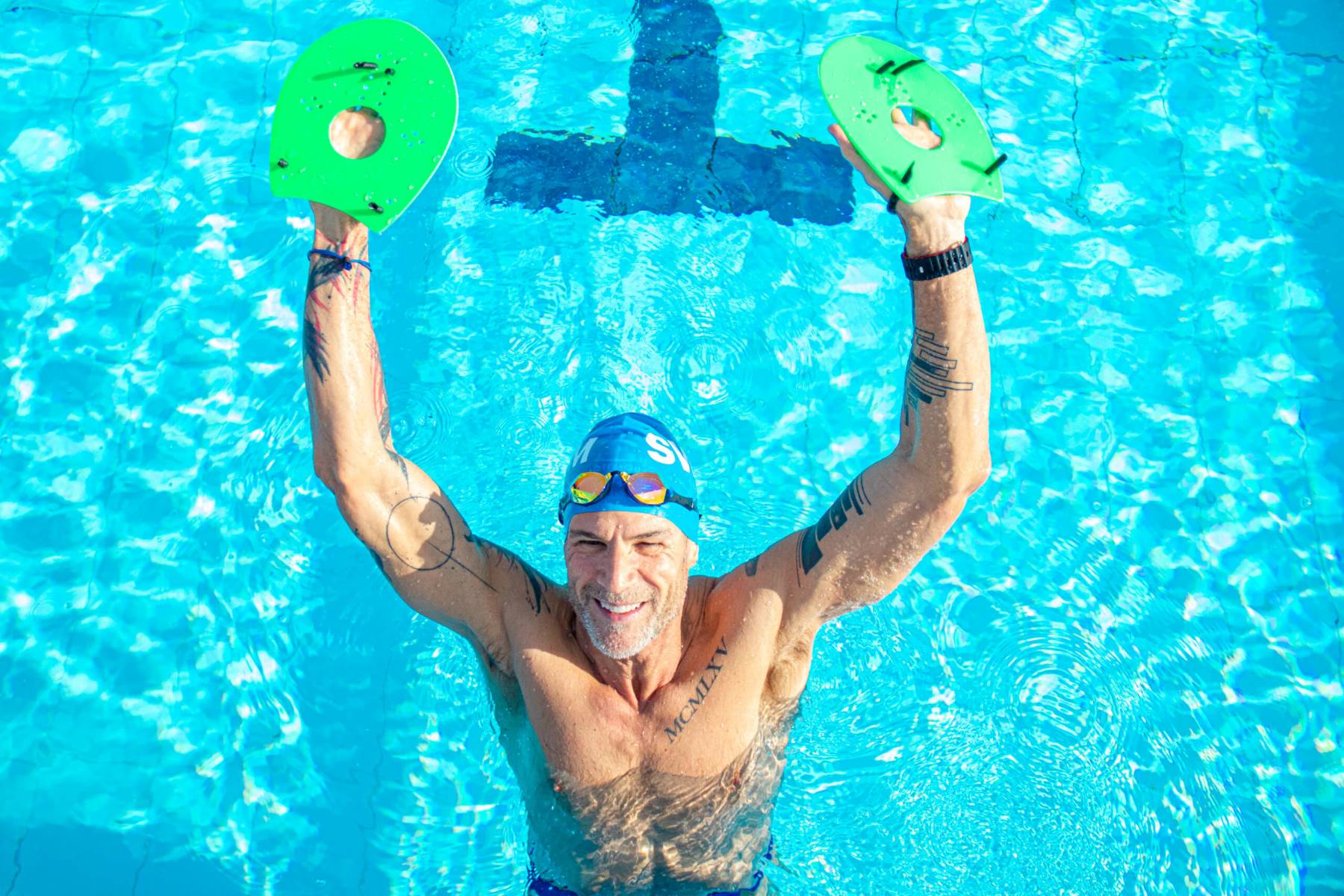

Outdoor Recreation & Activities
How To Lose Weight In A Swimming Pool
Published: February 18, 2024
Discover the benefits of losing weight in a swimming pool with our outdoor recreation and activities guide. Dive into effective weight loss strategies today!
(Many of the links in this article redirect to a specific reviewed product. Your purchase of these products through affiliate links helps to generate commission for Storables.com, at no extra cost. Learn more)
Benefits of Swimming for Weight Loss
Swimming is a highly effective and enjoyable way to shed those extra pounds. Its benefits extend beyond just burning calories, making it an ideal choice for individuals seeking a holistic approach to weight loss. Here are the key advantages of incorporating swimming into your weight loss journey:
-
Full-Body Workout: Unlike many other forms of exercise, swimming engages multiple muscle groups simultaneously. It provides a comprehensive full-body workout, targeting the arms, legs, core, and back muscles. This holistic approach not only promotes muscle toning but also accelerates calorie burning.
-
Low-Impact Exercise: Swimming is gentle on the joints, making it an excellent option for individuals with joint pain or those looking for a low-impact workout. The buoyancy of water reduces the impact on the body, minimizing the risk of injury while allowing individuals to engage in longer and more frequent exercise sessions.
-
Calorie Torching: A vigorous swimming session can torch a significant number of calories. The exact calorie burn varies based on factors such as stroke style, intensity, and individual body composition. However, on average, an hour of swimming can help burn anywhere from 400 to 700 calories, making it a highly efficient calorie-burning activity.
-
Improved Cardiovascular Health: Swimming is an exceptional cardiovascular exercise that elevates the heart rate, strengthens the heart muscle, and enhances overall cardiovascular endurance. By improving heart health, swimming contributes to better circulation, increased stamina, and enhanced overall fitness levels.
-
Enhanced Metabolism: Regular swimming can boost the body's metabolic rate, leading to more efficient calorie burning even outside the pool. This metabolic enhancement can contribute to sustainable weight loss over time.
-
Stress Reduction: Swimming has been shown to have a calming effect on the mind and body. The rhythmic nature of swimming, combined with the soothing properties of water, can help alleviate stress and anxiety. As stress management is crucial for weight loss and overall well-being, swimming offers a holistic approach to achieving and maintaining a healthy weight.
Incorporating swimming into your weight loss regimen can yield a multitude of benefits, ranging from physical fitness and calorie burning to mental well-being. Its versatility, low-impact nature, and holistic impact on the body make it a compelling choice for individuals aiming to shed excess weight and improve overall health.
Key Takeaways:
- Dive into weight loss with swimming! It’s a fun, full-body workout that burns calories, improves heart health, and reduces stress. Plus, it’s easy on the joints for a low-impact exercise experience.
- Make a splash with pool workouts! From water aerobics to deep-water running, the pool offers diverse and effective exercises for weight loss. Combine these workouts with a balanced diet for optimal results.
Read more: How Many Stairs To Lose Weight
Swimming Techniques for Weight Loss
When it comes to swimming for weight loss, mastering proper techniques is essential to maximize the effectiveness of your workouts. By focusing on specific swimming techniques, you can optimize calorie burning, muscle engagement, and overall fitness benefits. Here are some key swimming techniques to incorporate into your weight loss regimen:
1. Freestyle Stroke
The freestyle stroke, also known as the front crawl, is a fundamental technique that can significantly contribute to weight loss. It engages the arms, shoulders, and core muscles, providing a comprehensive upper body workout. By maintaining a steady and rhythmic motion, you can elevate your heart rate and increase calorie expenditure.
2. Interval Training
Incorporating interval training into your swimming routine can enhance weight loss results. Alternating between periods of high-intensity swimming and active recovery allows you to maximize calorie burning while improving cardiovascular endurance. For example, you can perform sprints for a set distance or time, followed by a slower-paced recovery lap.
3. Incorporating Different Strokes
While the freestyle stroke is highly effective, incorporating other swimming strokes such as the breaststroke, backstroke, and butterfly can add variety to your workouts. Each stroke targets different muscle groups, providing a well-rounded full-body workout. By diversifying your swimming routine, you can prevent muscle adaptation and plateauing, leading to continued progress in your weight loss journey.
4. Focus on Proper Breathing
Efficient breathing techniques are crucial for sustained swimming performance. By mastering rhythmic breathing and bilateral breathing (breathing on both sides), you can optimize oxygen intake and endurance. Proper breathing also supports overall relaxation and reduces the likelihood of breathlessness during intense swimming sessions.
5. Streamlined Body Position
Maintaining a streamlined body position in the water minimizes drag and maximizes propulsion. Focus on keeping your body straight and horizontal, with your head in line with your spine. This optimal body position not only improves swimming efficiency but also engages core muscles, contributing to a more effective abdominal workout.
6. Underwater Kicking Drills
Incorporating underwater kicking drills, such as flutter kicks and dolphin kicks, can intensify lower body engagement. These drills target the legs and glutes, promoting muscle toning and calorie burning in the lower body. By incorporating kicking drills into your swimming routine, you can achieve a more balanced and comprehensive full-body workout.
By integrating these swimming techniques into your weight loss-focused swimming sessions, you can elevate the effectiveness of your workouts and accelerate your progress towards achieving your fitness goals. Whether you are a beginner or an experienced swimmer, mastering these techniques can enhance the overall impact of swimming on your weight loss journey.
Pool Workouts for Weight Loss
Pool workouts offer a dynamic and refreshing approach to weight loss, leveraging the resistance and buoyancy of water to create challenging yet low-impact exercises. Whether you're a novice swimmer or a seasoned aquatic enthusiast, the pool presents a versatile environment for effective weight loss workouts. Here are several pool workout strategies tailored to maximize calorie burning and muscle engagement:
Read more: How To Cover A Swimming Pool
1. Water Aerobics
Water aerobics, characterized by rhythmic movements and exercises performed in chest-deep water, provides a full-body workout with minimal joint stress. Incorporating movements such as leg lifts, arm circles, and torso twists, water aerobics effectively targets various muscle groups while promoting cardiovascular endurance. The resistance of the water adds an extra challenge, leading to increased calorie expenditure and muscle toning.
2. Aquatic Interval Training
Similar to land-based interval training, aquatic interval workouts involve alternating between bursts of high-intensity exercises and active recovery periods. For instance, performing high-knee sprints or cross-country ski movements in the water followed by slower-paced movements allows for effective calorie burning and cardiovascular conditioning. The buoyancy of water reduces impact, making it an ideal environment for individuals with joint concerns.
3. Deep-Water Running
Utilizing a buoyancy belt or vest, deep-water running involves simulating running movements in deep water. This workout engages the lower body muscles while providing a cardiovascular challenge. The resistance of the water intensifies the workout, leading to increased calorie expenditure and enhanced muscular endurance. Deep-water running is particularly beneficial for individuals seeking a high-intensity, low-impact workout.
4. Resistance Training with Water Props
Incorporating water props such as aquatic dumbbells, resistance bands, and paddles can elevate the effectiveness of pool workouts. These props add resistance to movements, effectively targeting specific muscle groups while enhancing overall strength and endurance. By performing exercises such as bicep curls, leg lifts, and chest presses with water props, individuals can achieve comprehensive muscle engagement and calorie burning.
Read more: How To Empty A Swimming Pool
5. Treading Water
Treading water serves as an excellent full-body workout that challenges both cardiovascular fitness and muscular endurance. By maintaining a consistent treading motion, individuals can elevate their heart rate and engage various muscle groups, including the legs, arms, and core. This sustained effort leads to significant calorie burning and improved overall fitness levels.
6. Lap Swimming
Traditional lap swimming remains a highly effective method for weight loss and overall fitness. By incorporating various strokes and intensities into your lap swimming routine, you can target different muscle groups while improving cardiovascular endurance. Additionally, incorporating interval training and speed drills can further enhance the calorie-burning potential of lap swimming workouts.
Incorporating these diverse pool workouts into your fitness regimen can provide a refreshing and effective approach to weight loss. The low-impact nature of pool exercises, combined with the resistance of water, creates an environment conducive to sustainable and enjoyable workouts. Whether you prefer the structure of lap swimming or the dynamic movements of water aerobics, the pool offers a wealth of opportunities to achieve your weight loss goals while enjoying the numerous benefits of aquatic exercise.
Diet Tips for Swimming Pool Weight Loss
Incorporating effective dietary strategies alongside swimming pool workouts is essential for maximizing weight loss results. By aligning nutritional choices with your fitness goals, you can optimize energy levels, support muscle recovery, and enhance overall well-being. Here are key diet tips tailored to complement your swimming pool weight loss journey:
1. Hydration Is Key
Maintaining optimal hydration levels is crucial for supporting performance and promoting weight loss. While swimming, the body expends energy and perspires, emphasizing the need to replenish fluids. Adequate hydration not only supports overall health but also aids in appetite control, potentially reducing calorie intake.
Read more: How Long Is A Swimming Pool
2. Balanced Nutrition
Prioritize a balanced diet comprising lean proteins, complex carbohydrates, healthy fats, and a variety of fruits and vegetables. Lean proteins support muscle repair and growth, while complex carbohydrates provide sustained energy for swimming workouts. Healthy fats, such as those found in avocados and nuts, contribute to satiety and overall well-being.
3. Pre-Swim Fuel
Consuming a light, balanced meal or snack before swimming can provide the necessary energy for an effective workout. Opt for easily digestible options such as a banana with almond butter, Greek yogurt with berries, or a small portion of oatmeal. These choices offer a blend of carbohydrates and proteins to fuel your swimming sessions.
4. Post-Swim Recovery
After swimming, prioritize post-workout nutrition to support muscle recovery and replenish energy stores. Including a combination of protein and carbohydrates in your post-swim meal or snack can aid in muscle repair and glycogen replenishment. Options such as a protein smoothie with fruit, whole grain toast with turkey, or a quinoa salad can effectively support recovery.
5. Mindful Eating
Practice mindful eating by paying attention to hunger cues and satiety signals. Engage in conscious eating habits, savoring each bite and focusing on the nutritional value of foods. By being mindful of portion sizes and food choices, you can better manage calorie intake and support your weight loss efforts.
Read more: How To Draw A Swimming Pool
6. Limit Processed Foods and Sugary Beverages
Minimize the consumption of processed foods high in added sugars and unhealthy fats. Additionally, reduce the intake of sugary beverages such as sodas and sweetened juices, as they can contribute to excess calorie consumption. Instead, opt for whole, nutrient-dense foods to support your overall health and weight loss goals.
7. Meal Planning and Preparation
Engage in meal planning and preparation to ensure access to nutritious meals and snacks. By having healthy options readily available, you can avoid impulsive, less nutritious choices. Consider preparing meals in advance and incorporating a variety of nutrient-rich ingredients to support your swimming pool weight loss journey.
By integrating these diet tips into your lifestyle, you can create a supportive nutritional foundation to complement your swimming pool workouts. Embracing a balanced and mindful approach to nutrition can enhance your overall well-being while optimizing the weight loss benefits of swimming.
Precautions and Safety Measures for Swimming Pool Weight Loss
When embarking on a swimming pool weight loss journey, it is essential to prioritize safety and incorporate precautions to ensure a positive and sustainable experience. While swimming offers numerous benefits for fitness and weight loss, it is important to be mindful of potential risks and take proactive measures to mitigate them.
1. Warm-Up and Cool Down
Before engaging in vigorous swimming workouts, it is crucial to perform a thorough warm-up to prepare the body for physical exertion. Dynamic stretches, light cardio exercises, and mobility drills can help prime the muscles and reduce the risk of injury. Similarly, incorporating a cool-down routine after swimming sessions can aid in muscle recovery and minimize post-exercise soreness.
Read more: How To Paint A Swimming Pool
2. Supervision and Monitoring
For individuals who are new to swimming or have limited experience in aquatic environments, it is advisable to swim under the supervision of a qualified instructor or lifeguard. Additionally, maintaining awareness of personal swimming capabilities and exertion levels is essential. Overexertion or pushing beyond one's limits can lead to fatigue and potential safety hazards.
3. Hydration and Sun Protection
Proper hydration is paramount when engaging in swimming pool workouts. The combination of physical activity and exposure to sunlight can increase the risk of dehydration. It is important to consume an adequate amount of water before, during, and after swimming sessions. Furthermore, applying sunscreen and wearing appropriate sun-protective gear can safeguard the skin from harmful UV rays, especially in outdoor pool settings.
4. Pool Safety Guidelines
Adhering to pool safety guidelines and regulations is imperative for a secure swimming experience. Familiarize yourself with pool rules, emergency procedures, and the location of safety equipment such as lifebuoys and first aid kits. Being mindful of pool depth, designated swimming areas, and potential hazards can contribute to a safe and enjoyable swimming environment.
5. Injury Prevention
While swimming is a low-impact exercise, it is essential to be mindful of injury prevention strategies. Maintaining proper form during swimming strokes, avoiding sudden movements, and listening to the body's signals can help prevent strains, sprains, and overuse injuries. Additionally, individuals with pre-existing medical conditions or injuries should consult with a healthcare professional before initiating a swimming pool weight loss regimen.
Read more: How To Design A Swimming Pool
6. Equipment Maintenance
If utilizing swimming aids or equipment such as kickboards, fins, or resistance bands, ensure that they are in good condition and used appropriately. Faulty or worn-out equipment can compromise safety and effectiveness during workouts. Regular inspection and maintenance of swimming gear are essential for injury prevention and optimal performance.
By integrating these precautions and safety measures into your swimming pool weight loss journey, you can prioritize well-being and minimize potential risks. Embracing a mindful and proactive approach to safety not only enhances the effectiveness of your workouts but also fosters a positive and sustainable swimming experience.
Frequently Asked Questions about How To Lose Weight In A Swimming Pool
Was this page helpful?
At Storables.com, we guarantee accurate and reliable information. Our content, validated by Expert Board Contributors, is crafted following stringent Editorial Policies. We're committed to providing you with well-researched, expert-backed insights for all your informational needs.
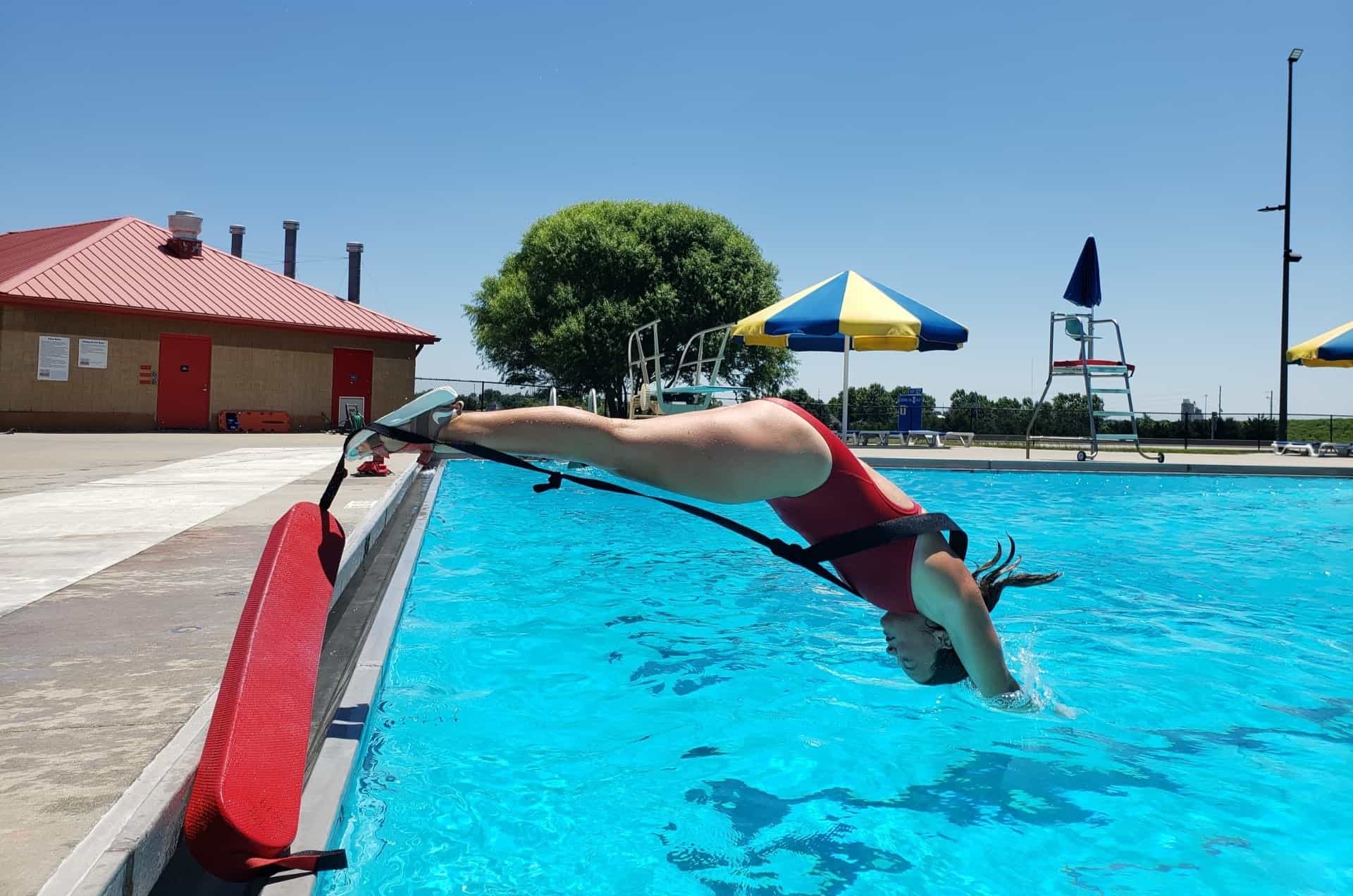
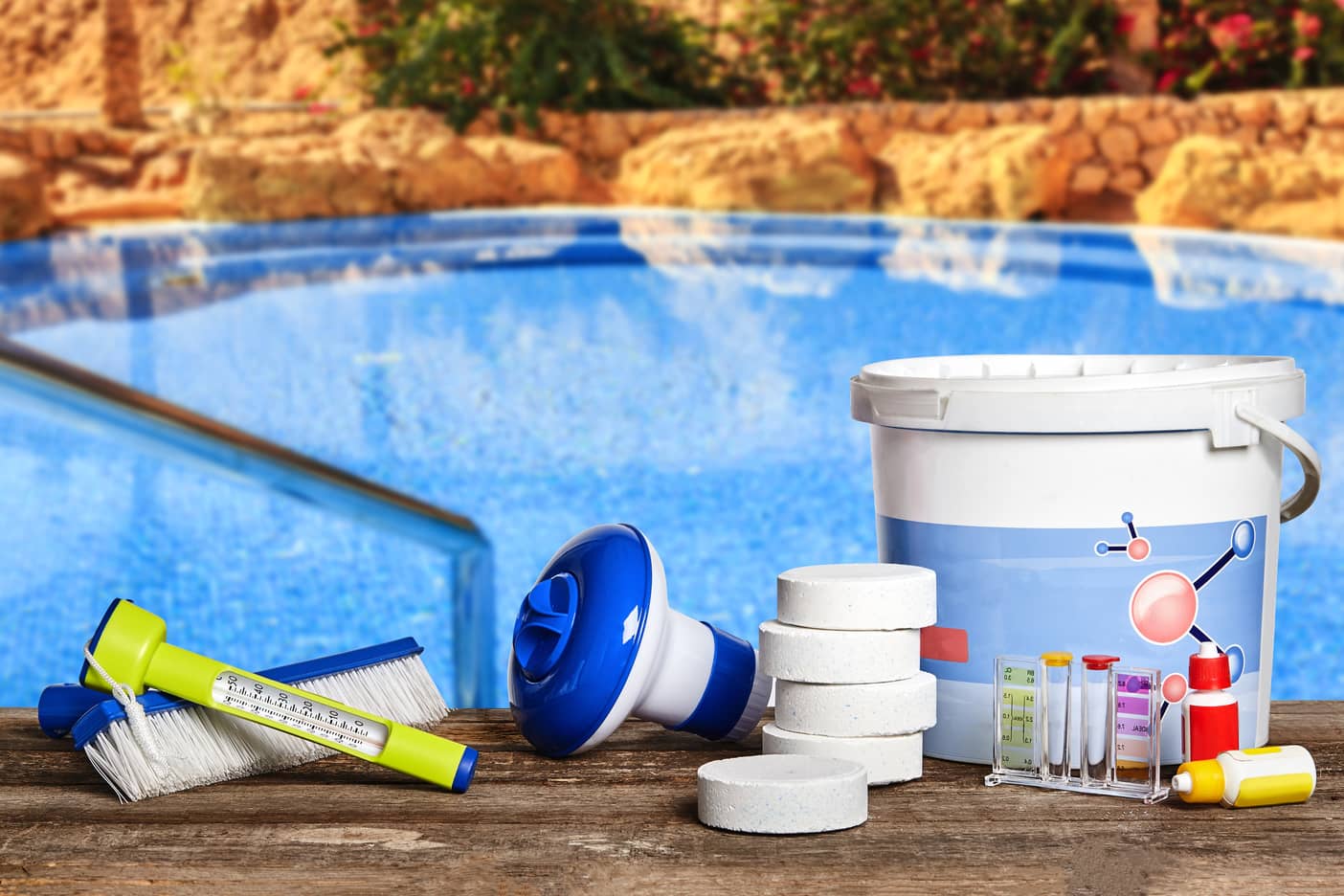
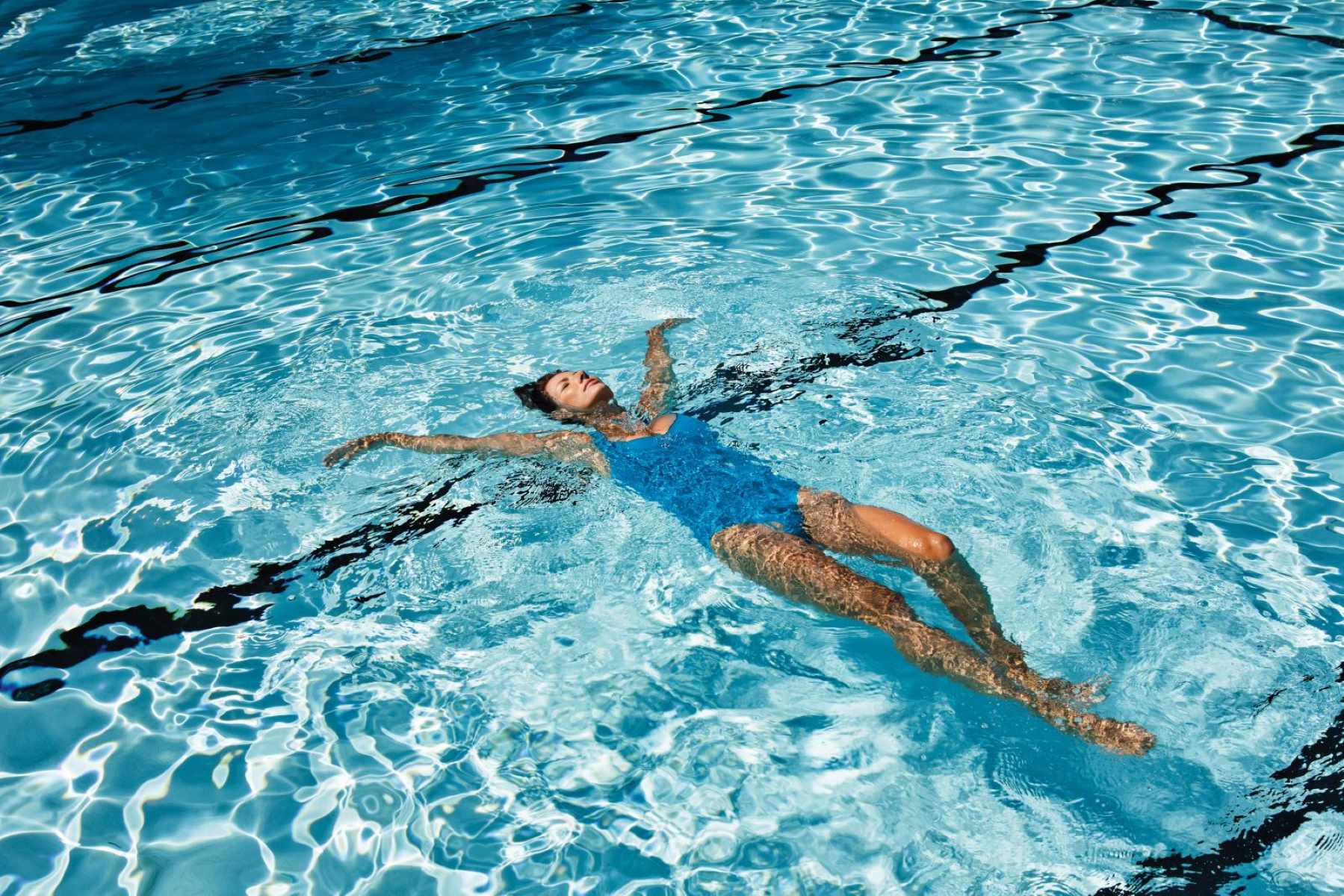
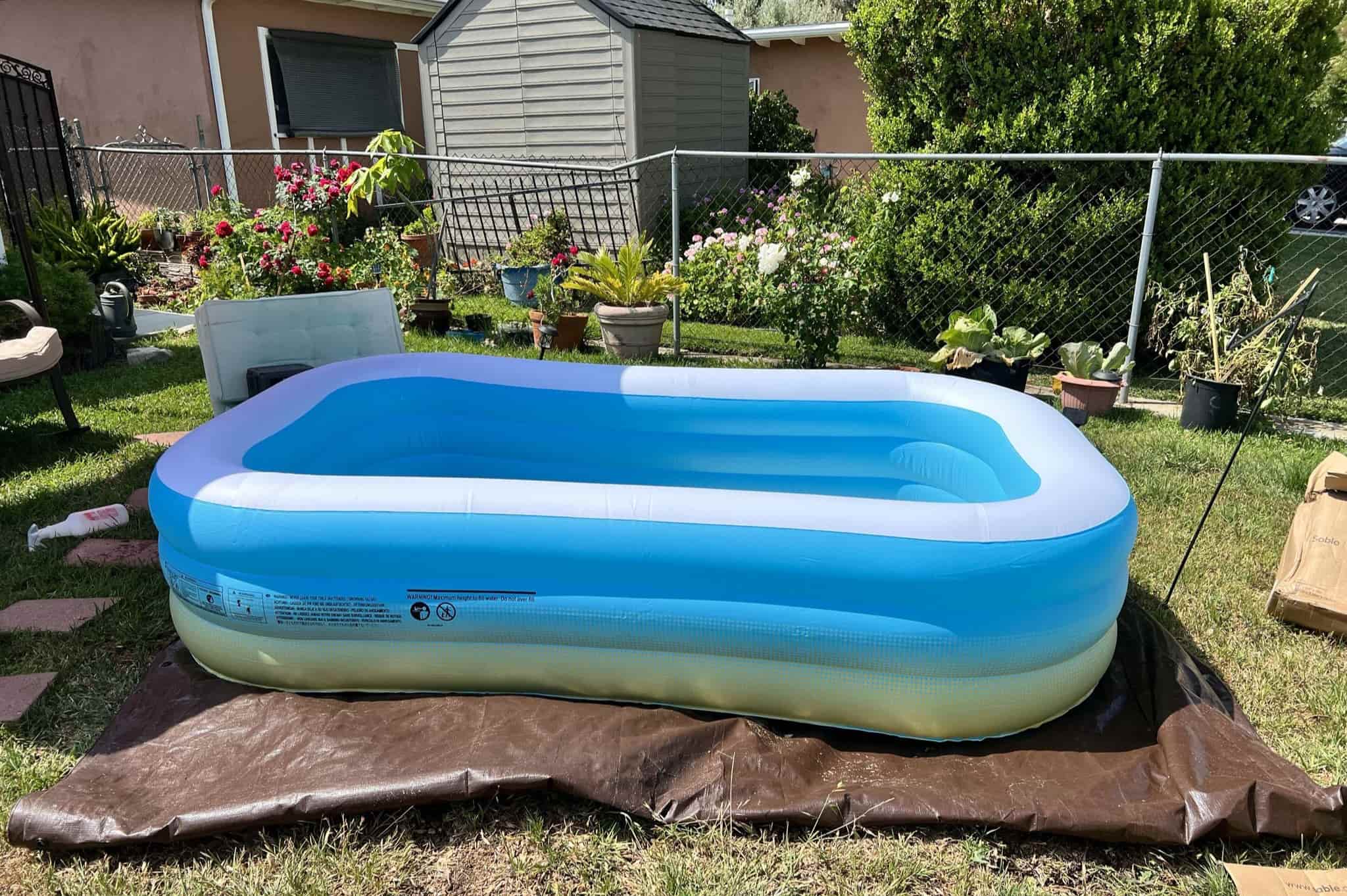

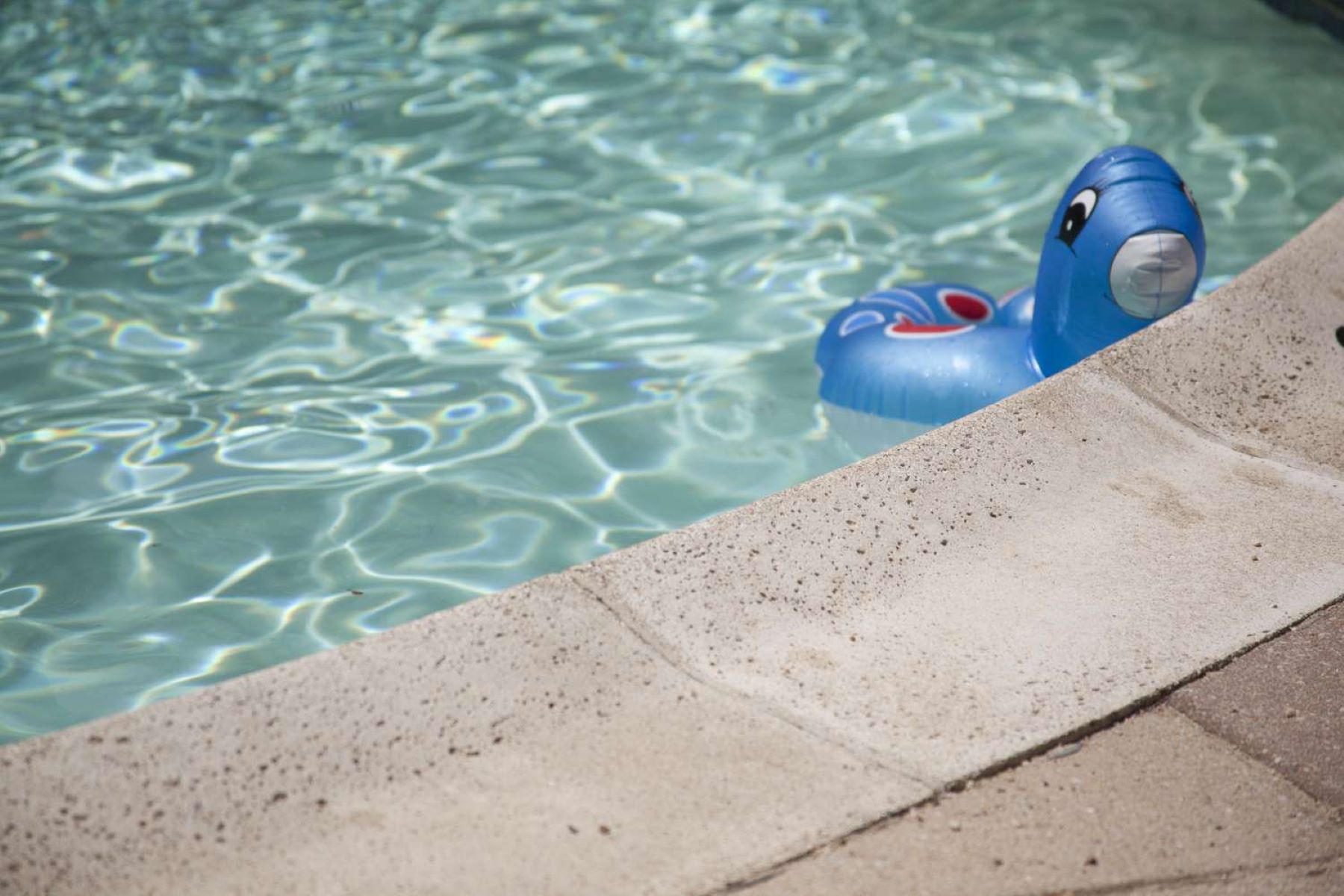

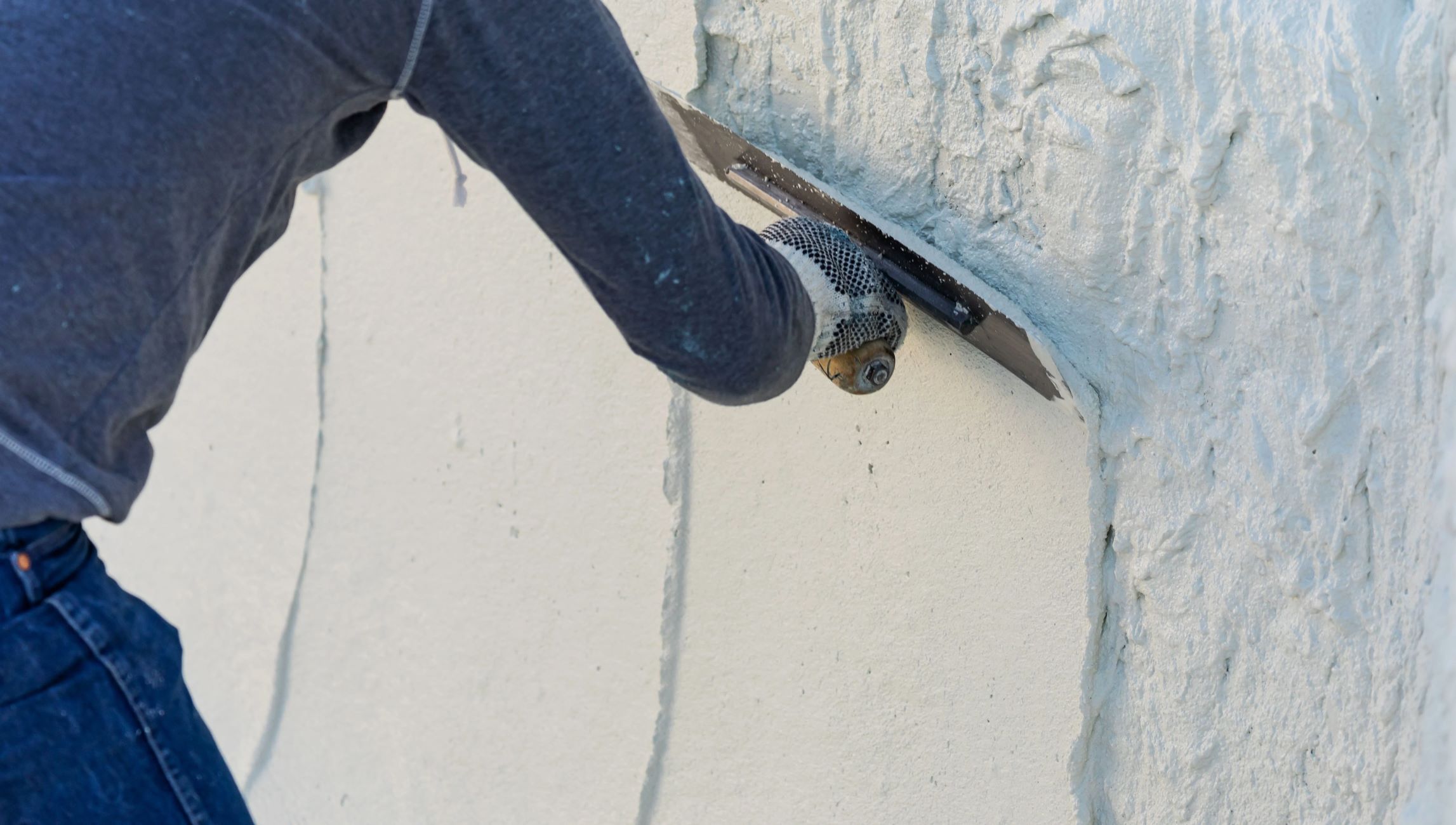

0 thoughts on “How To Lose Weight In A Swimming Pool”